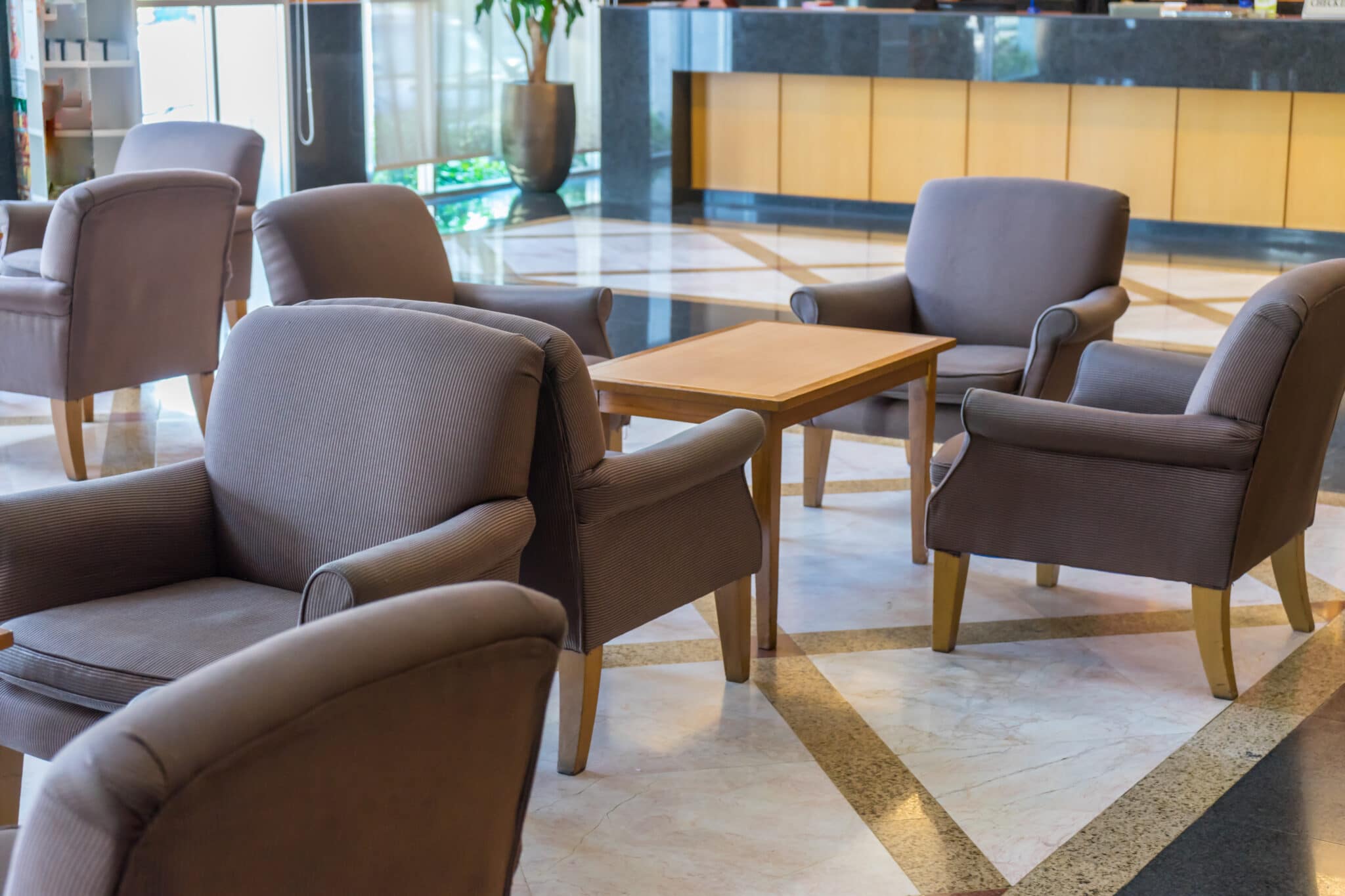A Quick Guide to Upholstery Fabrics
Like carpet, most upholstery fabrics will attract and absorb oils, grime, dust, and other debris and over time the result is a dingy look. When your chairs and couches start to look grimy, it’s time to call “the dry guys”. A thorough professional upholstery cleaning can restore your furniture to its original state. However, once it’s clean, you can take steps to keep it that way until the next appointment.
The most important thing to know is what kind of fabric your upholstered furniture is covered in, and what kinds of methods and cleaning solutions are safe. While “the dry guys” use a non-toxic dry foam extraction system that is safe for most upholstery fabrics, at home spot cleaning options will depend on your specific situation.
Cleaning codes are usually available on a tag somewhere on your upholstered piece. And “S” means solvent-based cleaners are best, while a “W” means water-based cleaners are best. Both letters present means you can use either type of cleaner. The tag usually only tells you about the filling fibers, not the fabric.
Types of Upholstery Fabrics
Natural upholstery fibers are generaly woven. Typically, the higher the thread count, the more durable and resistant the fabric is. Blends and synthetics can help increase stain resistance and strength but have their own drawbacks. Leather and vinyl are whole pieces stitched together to cover the furniture base and cushions.
- Linen upholstery is extremely attractive, but it shrinks & stains easily and must usually be professionally cleaned. In case of wet spill, blot as much as possible with a clean white towel and call “the dry guys”.
- Real leather is one of the most durable upholstery choices; however, it should be regularly cleaned with a good saddle soap and leather conditioner and buffed to a shine. Cotton if properly surface treated is fairly easy to clean with a water-based cleaner and white, clean towels. However, the higher the cotton content, it can cause browning (watermarks). Cotton blends are more desirable as they generally shrink and are wrinkle resistant.
- Wool blends are usually easy to spot clean and can be vacuumed if needed. Most wool blends can also be treated with protectant. Acrylic is a decent wool alternative, but can pill; high-quality acrylics are expensive but pill less.
- Vinyl can vary widely in regard to quality; however, this is one of the easiest types of upholstery to clean. Normally you can use a simple water and detergent solution along with clean cotton rags to wipe, rinse, and dry.
- Silk is even finickier than linen and does require immediate professional cleaning if soiled or stained. Acetate or Rayon blends are a good alternative, although dyed fabrics can fade in direct sunlight.
- Nylon is frequently used as a blend material; depending on quality, it may fade in the sun or pill, but it is extremely durable and cleanable with common household products. Polyester is another synthetic also used to prevent easy crushing of napped fabric (faux velvet, for example.)
Whatever kind of material your furniture is upholstered in, consider a protectant. When applied to your upholstery following a professional cleaning by “the dry guys”, protectant keeps other substances near the surface where they can be easily cleaned away, as opposed to seeping through the fabric and into the cushions beneath or staining the fabric.






